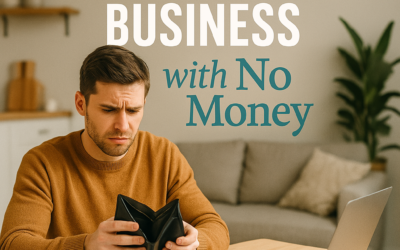Trademark vs. Copyright vs. Patent: Understanding the Differences
In today’s fast-paced business world, protecting your creative and innovative ideas is more important than ever. Whether you’re a small business owner or a creative professional, understanding the differences between trademarks, copyrights, and patents can help safeguard your valuable intellectual property. This article breaks down these three key legal tools in a friendly and informative way.
What is a Trademark?
A trademark is a unique symbol, word, or phrase that represents your company or product. It helps distinguish your business from competitors, builds brand recognition, and fosters consumer trust.
- Purpose: Protect your brand identity and prevent consumer confusion.
- Examples: The iconic Nike swoosh, the Apple logo, and the Coca-Cola script.
- Duration: Trademarks can last indefinitely as long as they remain in active use and are properly renewed.
Case Study: In 2019, Adidas lost a trademark dispute in the European Union over its three-stripe design, underscoring the need for distinctiveness in trademark protection.
Understanding Copyright
Copyright protects the original expressions of ideas—be it in literature, music, art, or software. It gives creators exclusive rights to use, distribute, and modify their work, ensuring that their creative efforts are not exploited without permission.
- Purpose: Protect the specific expression of ideas, not the ideas themselves.
- Examples: Books, movies, musical compositions, and software code.
- Duration: Typically covers the life of the author plus 70 years, although the exact period may vary by jurisdiction.
Statistics: The U.S. Copyright Office reports over 500,000 copyright registrations every year, highlighting the vast array of creative works protected each year.
The Role of Patents
Patents are legal protections granted to inventors, giving them exclusive rights to make, use, and sell their inventions. This temporary monopoly encourages innovation by ensuring inventors can recoup their investments.
- Purpose: Protect technological innovations and support ongoing advancements.
- Examples: The light bulb, the telephone, and life-saving pharmaceutical drugs.
- Duration: Generally lasts 20 years from the filing date, after which the invention enters the public domain.
Case Study: The patent disputes between tech giants Apple and Samsung illustrate the intense competition and critical role patents play in protecting groundbreaking technology.
Key Differences and Overlaps
While trademarks, copyrights, and patents serve distinct purposes, there can be some overlap in how they protect different aspects of a product. For example, consider a smartphone:
- A trademarked brand name and logo.
- Copyrighted software and user manuals.
- Patented hardware components and design features.
Understanding these distinctions is crucial for effectively protecting your intellectual property and steering clear of legal pitfalls.
Conclusion
Trademarks, copyrights, and patents are all powerful tools for protecting various facets of your intellectual property. Trademarks safeguard your brand identity, copyrights secure creative expressions, and patents defend technological innovations. By familiarizing yourself with these differences, you can navigate the complex world of intellectual property law with confidence and ensure your creations are well-protected.
For more tailored advice on protecting your intellectual property, consider consulting with a legal expert. Safeguarding your innovations and creative works today can pave the way for lasting success tomorrow.









